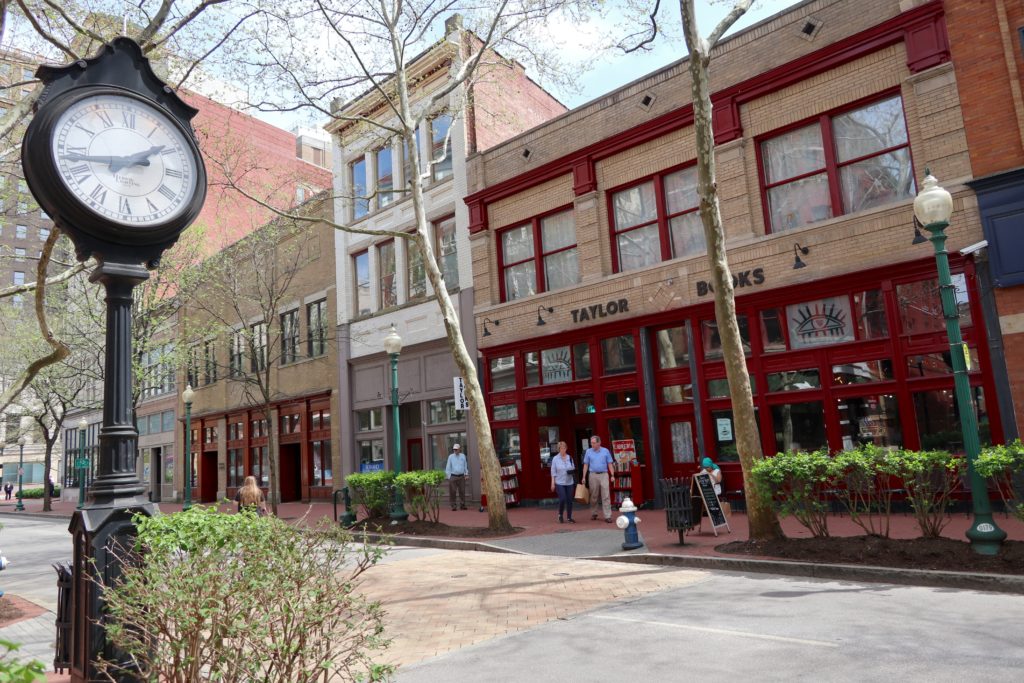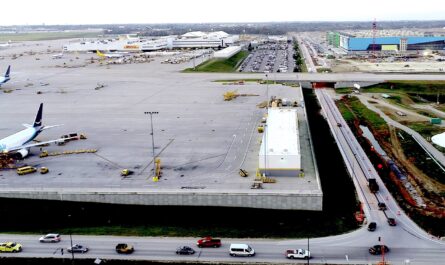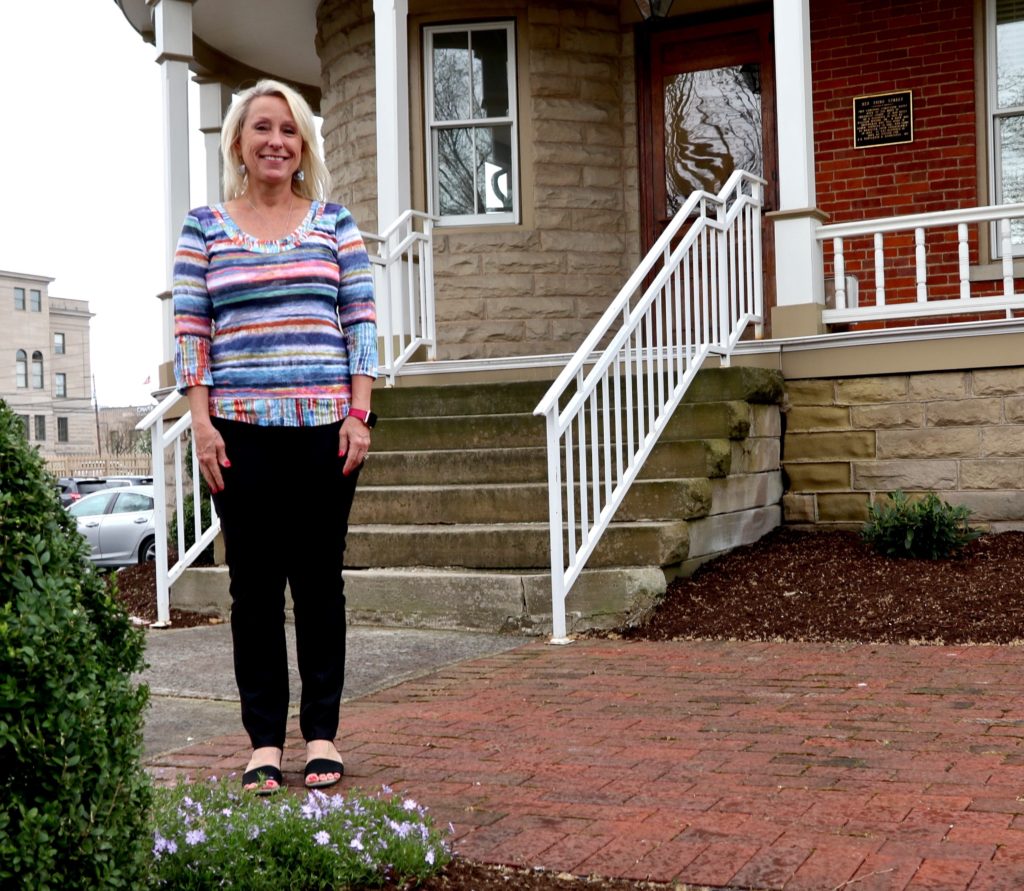
MARIETTA, OHIO – My definition of a hero is someone who defies convention, dares to challenge the powerful, does well by the public good, and deepens their own sense of purpose. I’ve crossed the paths of a number of these select individuals over the years, written about quite a few of them, and earned sufficient trust to call a handful of them my friends.
Stewart Udall, Secretary of the Interior in the 1960s — one of the greatest conservationists in our history, a legal warrior for victims of the American atomic bomb making industry — was a close friend before he died in 2010. Jim Olson — dean of environmental lawyers in Michigan who’s preserved miles of rivers, cleared pollutants from lakes, conserved great stretches of forest and wild habitat and helped me start the Michigan Land Use Institute in 1995 — is a dear friend.
One of the regions of the United States that enchants me with its singular influence on the American economy and culture, and the way industry, community, and nature form an uncommon heritage along its banks, is the Ohio River Valley. I’ve spent some time now getting to know its features, writing about its industries and cities, and learning about its citizens. Here I salute three, among others, as heroes.
Jennifer Garrison is a lawyer, a former three-term Democratic member of the Ohio House of Representatives, and the developer of a novel oil and gas leasing strategy that earned about 1,000 eastern Ohio landowners $300 million in income from development of the Utica shale. I met Garrison in Marietta, Ohio in 2012, soon after she’d convinced working families who owned land and controlled their mineral rights to join together and lease their minerals in large multi-thousand-acre blocks. This tactic defied the common method by drillers to single out and negotiate leases, one by one, and take advantage of rural families inexperienced in valuing bonuses and production royalties.
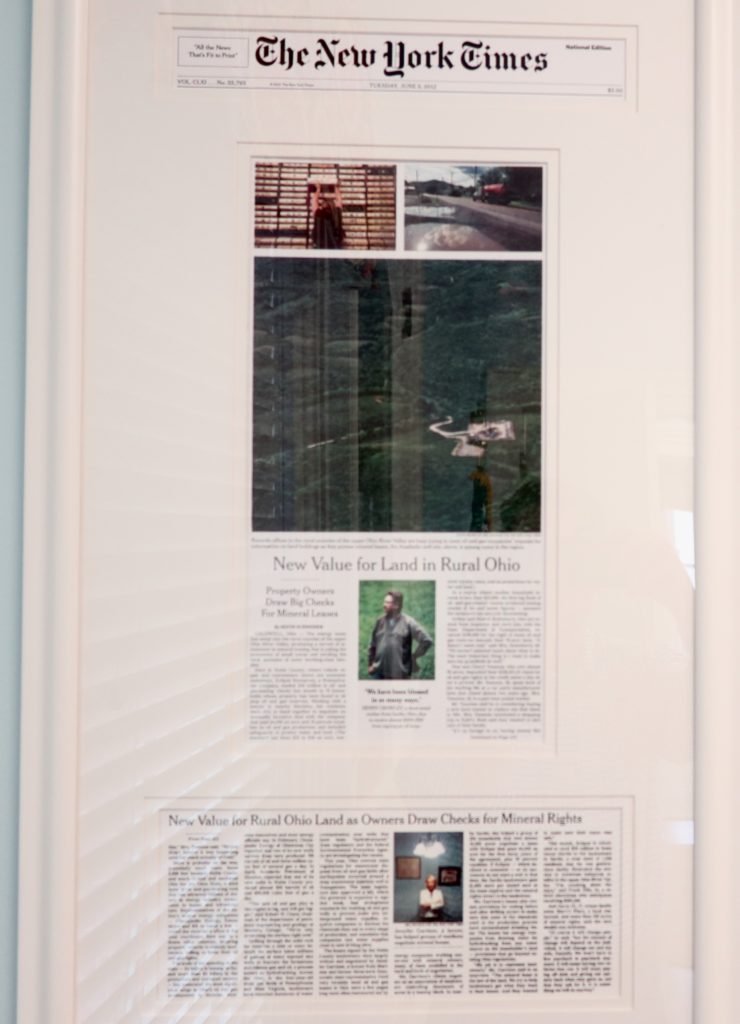
Garrison’s cooperative unified approach provided mineral owners considerable influence in gaining much higher value for their minerals, and much larger signing bonuses and royalties, for agreeing to let fuel developers set up drilling rigs and production platforms on their ground. Garrison’s leases also included safeguards for land and water that went well beyond state requirements for fossil fuel exploration and development.
I visited with Garrison this week in her office in a renovated 19th century home on Third Street. She’s thinking about retiring from her legal practice, expressed disappointment that none of her grown children plan to live near Marietta, and might set up a landowner rights organization. Campaigning in the public interest is in her blood. She laughed and said, “I know how much work that will be.”
In my travels along the Ohio I met two other people that merit inclusion in my gallery of heroes. One is Ron Payne, former mayor of Owensboro, Kentucky, who led that city’s campaign to rebuild its riverfront and downtown business core. In the process of enacting a tax increase, and recruiting state and federal investments that raised $125 million, Owensboro also succeeded in attracting about $150 million in private investment that has remade the city into one of the most innovative and thriving places on the Ohio River.
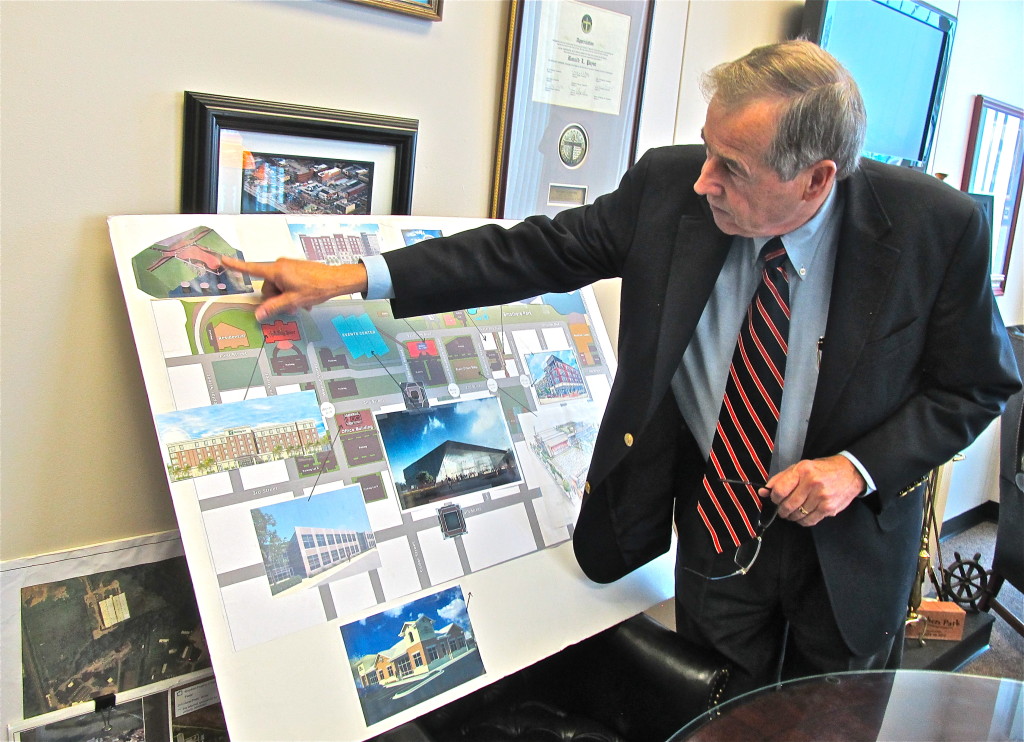
And I’ve most recently crossed the path of Tom FitzGerald, whose decorated career in environmental law includes taming the scourge of Kentucky’s renegade strip miners, prodding state regulators to protect groundwater from reckless underground mining practices, and keeping some of the state’s wild rivers safe from oil and gas drilling. In these and the dozens of other cases he either won or significantly influenced as director of the tiny nonprofit Kentucky Resources Council, the 64-year-old lawyer served the public interest so well that he also won the Heinz Award in 2008, one of the nation’s top public interest tributes.
“He has been a ubiquitous and persistent leader in advocating for the fair and equitable application of environmental laws and has generously and tirelessly shouldered the causes of those without the resources or expertise to fend for themselves,†Teresa Heinz, chairman of the Heinz Family Foundation, said in presenting the award. “It is fair to say that Mr. FitzGerald is singularly responsible for the health and well-being of countless individuals, in Kentucky and throughout the United States, thanks in large measure to his vigilant commitment to seeing that environmental protections are enforced and the welfare of citizens is regarded as sacrosanct.â€
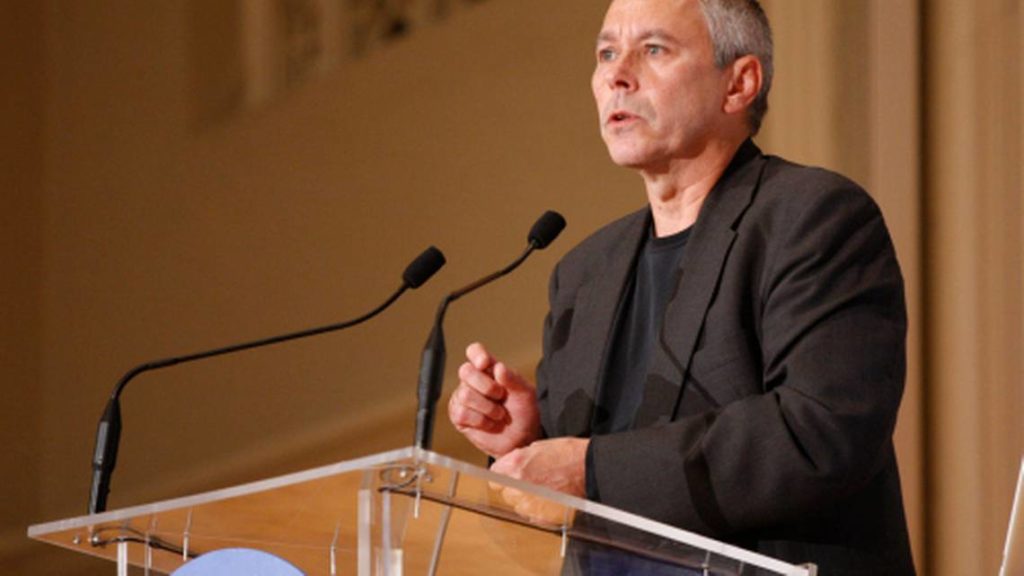
FitzGerald recently blocked an industry effort to weaken an Ohio River water quality agency. He credits his brother Rick for influencing his career choice. Rick was a volunteer for the Christian Appalachian Project, a non-profit regional service organization based in Kentucky.
“He brought me books that described strip mining and the valiant struggle of land owners in eastern Kentucky to end coal abuses,†FitzGerald told me for a profile to be published later this year. “I moved to the region and realized that one of the things that was desperately needed was more people willing to be lawyers for those who couldn’t find or afford representation.â€
Along the Ohio River’s 981 miles from Pittsburgh, Pennsylvania to Cairo, Illinois, more than 5 million people live and work and play. A few are like Garrison, Payne, and FitzGerald. But all of the valley’s residents share a common heritage. They drink from the river’s strong current. They make or handle or market or use billions of dollars of goods that are shipped to the world from air logistical hubs in Louisville and Cincinnati. They watch the long tows that every year push hundreds of millions of tons of raw materials — grain, coal, sand, steel, fuel — upriver and down on an inland water highway that is the busiest in the nation. They suffer the storms and floods that episodically torment cities and towns. And they delight in the magnificent shoreline that still is mostly forested or farmed.
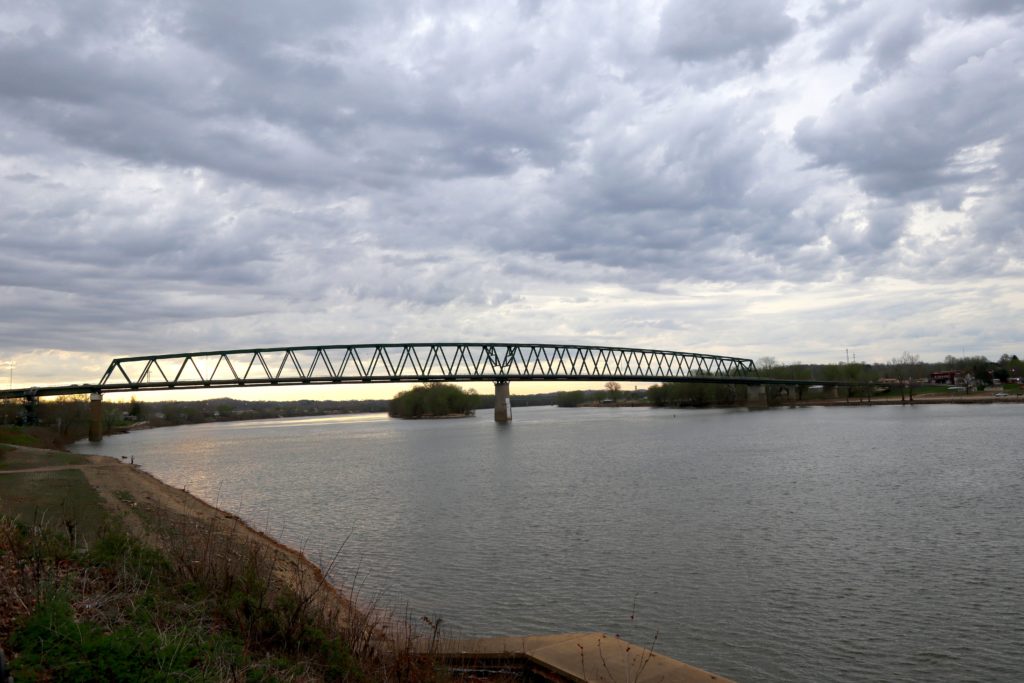
The start of the Ohio River in what is now Pittsburgh is where George Washington, then a British soldier, explored the region for its suitability for a new fort in 1753. Owensboro, Kentucky, miles downriver, is where the Lewis and Clark expedition wintered in 1804.
Marietta, an old and engaging river town, is where the authors of the Northwest Ordinances in the mid-1780s set “orderly and equitable procedures for the settlement and political incorporation” of the wilderness of what became five Great Lakes states that included a prohibition on owning slaves. The Ohio, Indiana, and Illinois shorelines are where black men, women, and children of the 19th century escaped the tortures of the Confederacy.
After decades of industrial ruin in the 20th century, the Ohio River Valley is experiencing an era of uneven prosperity. The biggest cities have turned into lively centers of commerce and culture. The upper Ohio has attracted tens of billions of dollars in investment in natural gas production and processing. The rural areas, though, are sustaining the shutdowns of big coal-fired power plants and ugly incidences of opioid addiction and overdose deaths.
Given these cross currents of history, flourishing activity and stultifying inertia, heroes still attack their work with inspiring focus. They’ve done well for those who’ve benefitted. They’ve done well for much of the river valley. And they’ve done well for themselves.
— Keith Schneider
